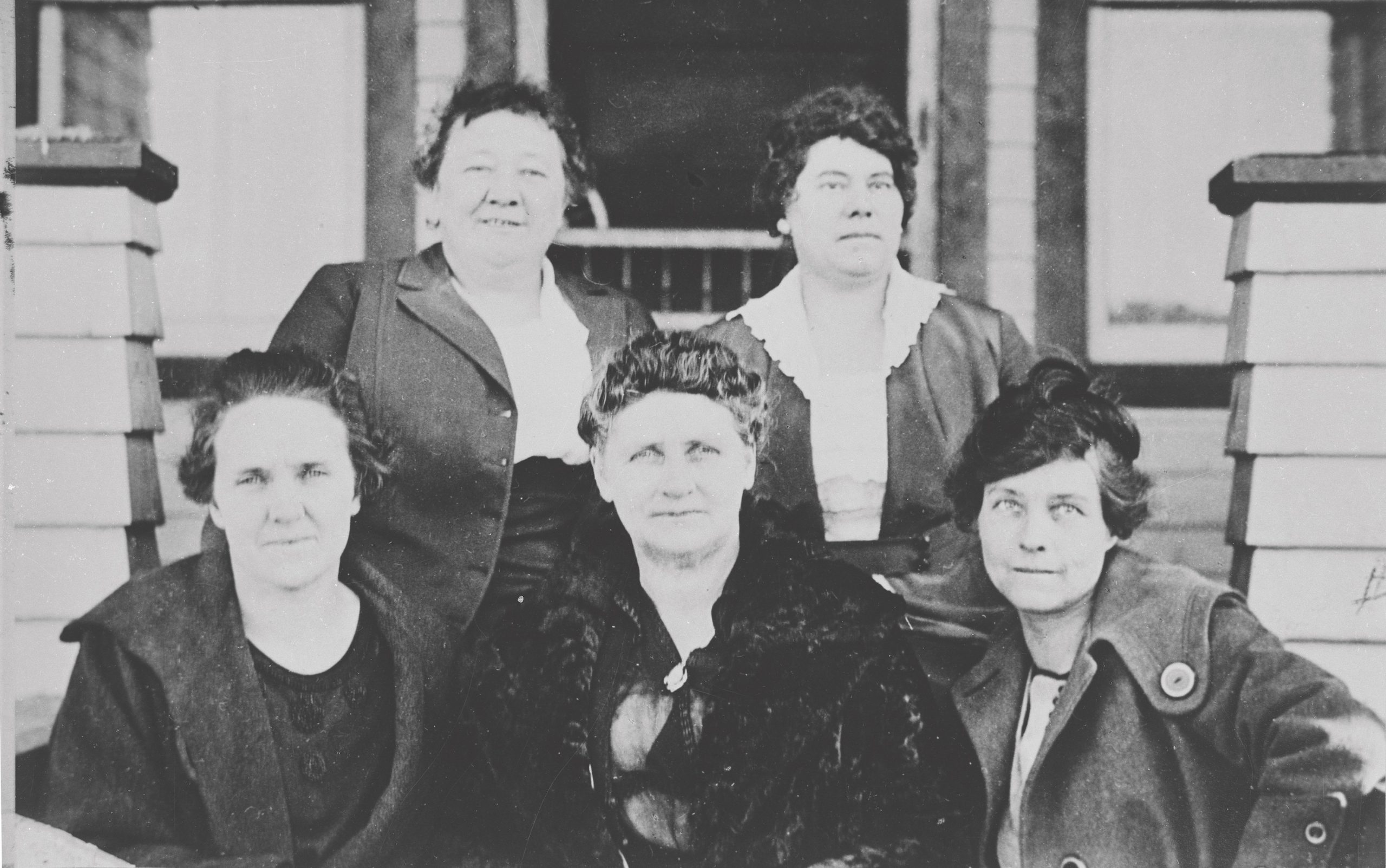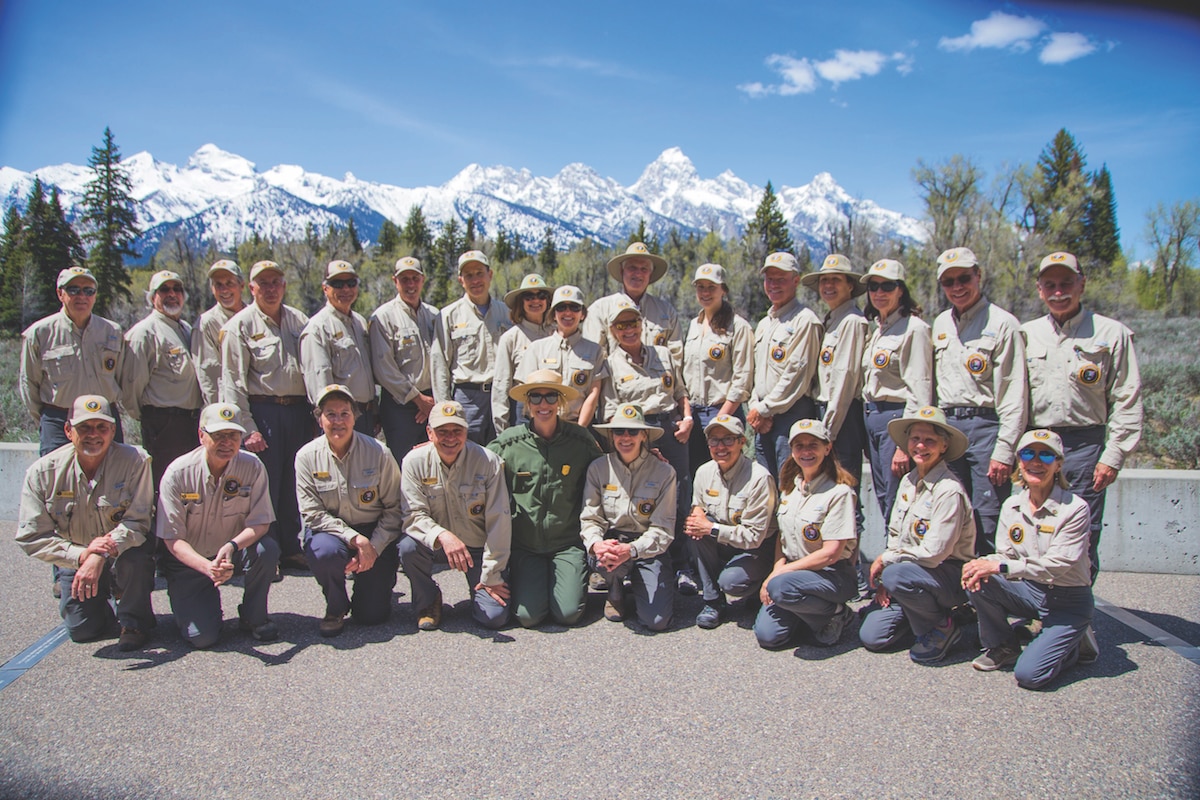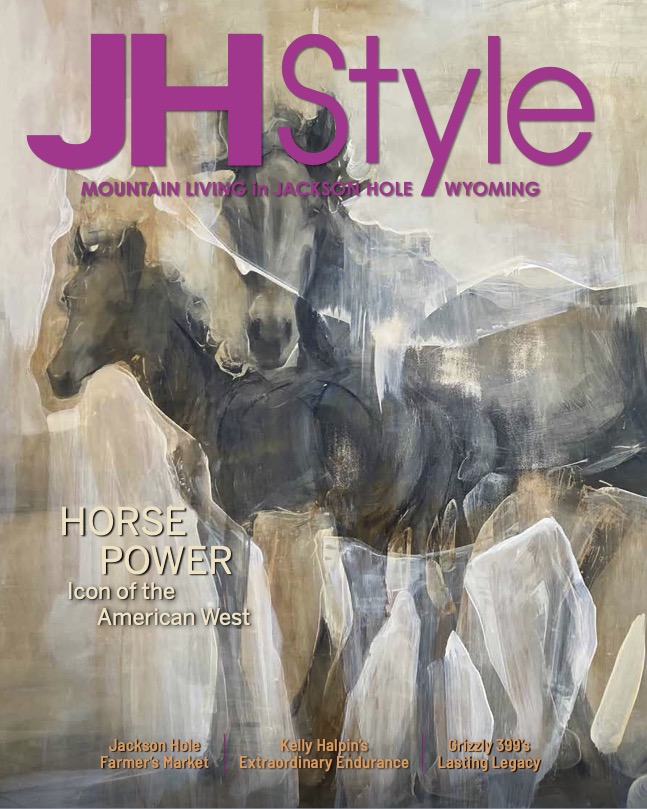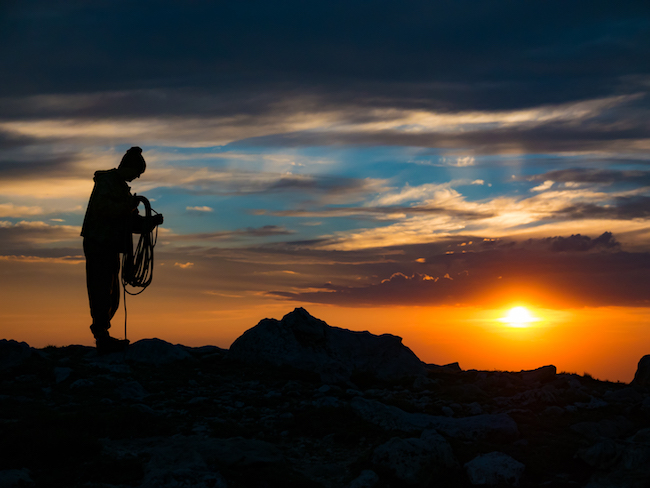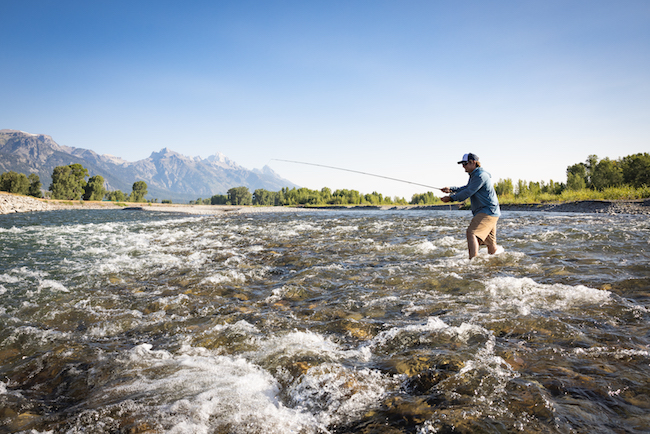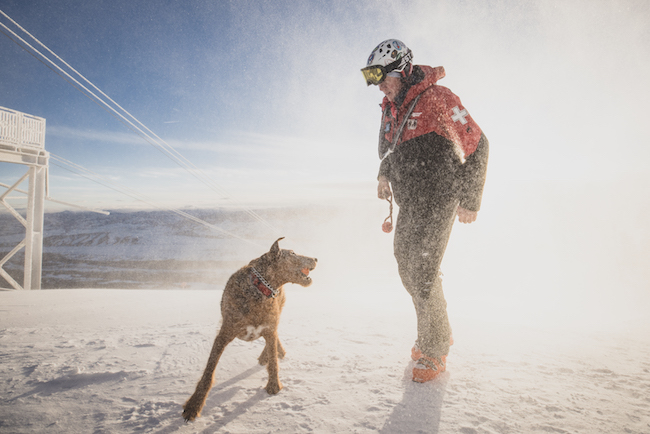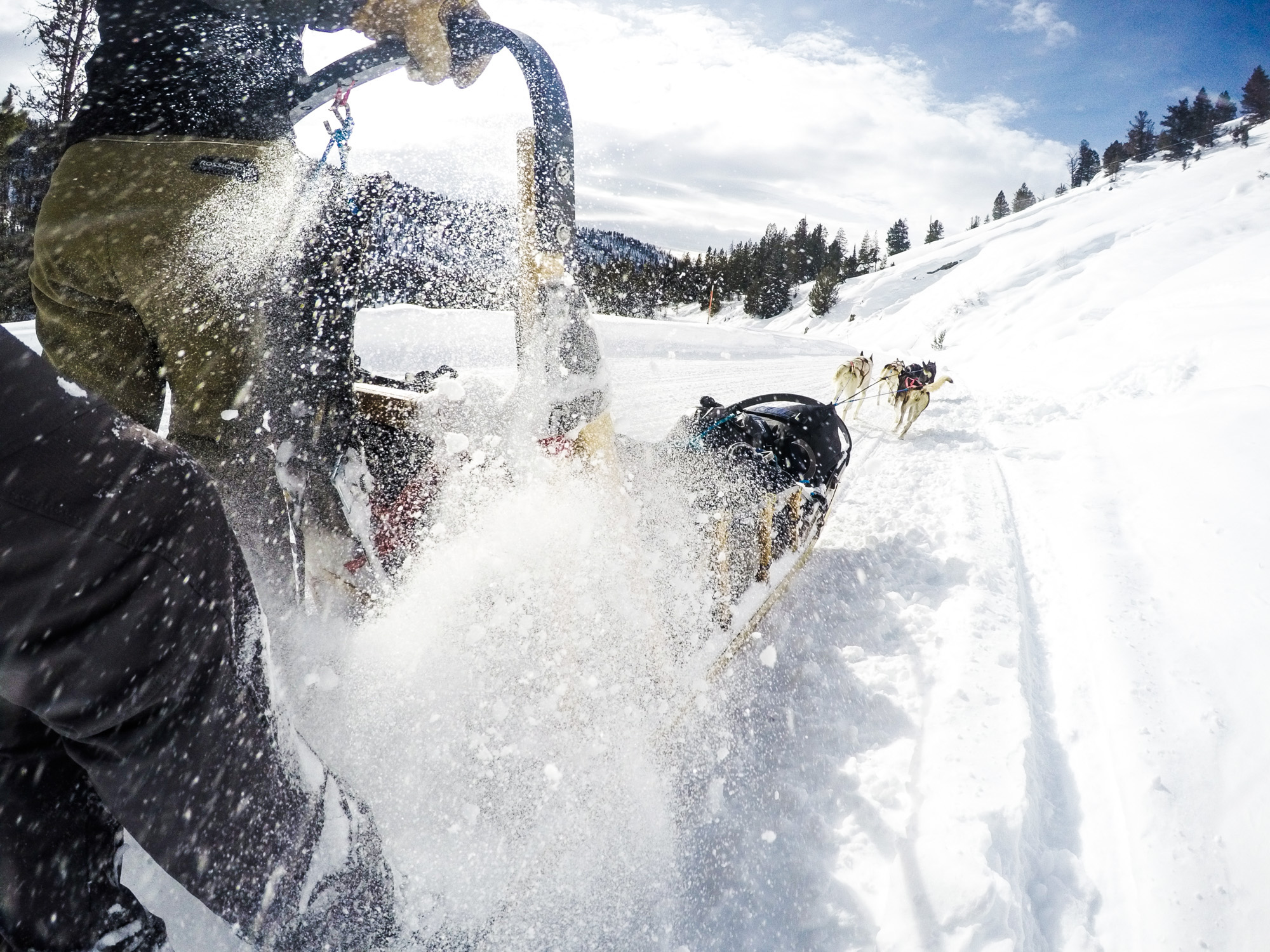Survival of the grizzly depends on migration
20 Jul 2022
Roads, private property, and other barriers cause bear isolation
Summer 2022
Written By: Melissa Thomasma | Images: Mark Gocke
Imagine being stranded indefinitely on an isolated island with only a handful of people.
When date night rolls around, your options would be … well, quite limited. It’s not difficult to imagine how that might ultimately cause some issues for your island-bound micro-population. This is precisely the situation that the grizzly bears of the Greater Yellowstone Ecosystem find themselves in. And it’s no surprise that this isolation is causing problems. “Fish and Wildlife [U.S. Fish and Wildlife Service] has taken a piecemeal approach to recovering grizzlies in the lower 48. There are five disconnected populations in recovery zones, and that creates issues for their health and survival,” explains Andrea Zaccardi, the carnivore conservation program legal director for the Center for Biological Diversity. These designated zones — spread throughout the Intermountain West — host discrete populations of grizzly bears and are separated by roads, private property, and other inhospitable barriers to grizzly movement. “The hurdles are tough,” Andrea continues. “A lot of it is that there’s private land in between the grizzly bear populations. In some instances, it’s public lands, but we see logging and mining on those public lands that create barriers for bears to move freely to other population sources.” Kristin Combs, the executive director of Wyoming Wildlife Advocates, adds that, “True recovery can’t happen until these zones are connected to one another. Island populations of bears have less genetic diversity. These populations need to be able to connect to one another in order for the species to survive.” Adult male grizzlies can have a home territory of up to 500 square miles, and current estimates place the threatened population at around 1,800 individuals. As they encounter the edges of their recovery zones, they frequently run up against human infrastructure and dangers. Wyoming Wildlife Advocates has launched a new program, Jackson Hole Bear Solutions, to help minimize these dangers and support a healthy grizzly population. “The program is dedicated to minimizing attractants that drive the majority of human-bear conflicts. One of our primary efforts is ensuring that all community members have access to bear-resistant trash cans regardless of their financial status,” Kristin explains. “We’re also offering resources and education around securing other attractants like livestock feed, chicken coops, gardens, and compost piles. When we can keep bears away from human food sources they’re much more likely to not only survive, but thrive.” In addition to the threat of developing reliance on human food sources, multiple states are pushing to remove protections that would allow trophy hunters to hunt grizzlies. And that, Andrea emphasizes, is a step in the wrong direction when it comes to achieving grizzly connectivity. Killing bears further exacerbates the narrowing of genetic diversity.
“We’ll fight those efforts as they move forward in Wyoming, Montana, and Idaho. What we’ve been trying to do is take a proactive strategy to educate the Fish and Wildlife Service as to how the Endangered Species Act should work,” she explains. “And that is: Instead of taking a piecemeal approach and managing each population as separate entities, managing grizzly bears in the lower 48 states as a whole and trying to protect lands that grizzlies will need to connect their isolated populations to one another.”
In addition to the threat of developing reliance on human food sources, multiple states are pushing to remove protections that would allow trophy hunters to hunt grizzlies. And that, Andrea emphasizes, is a step in the wrong direction when it comes to achieving grizzly connectivity. Killing bears further exacerbates the narrowing of genetic diversity.
“We’ll fight those efforts as they move forward in Wyoming, Montana, and Idaho. What we’ve been trying to do is take a proactive strategy to educate the Fish and Wildlife Service as to how the Endangered Species Act should work,” she explains. “And that is: Instead of taking a piecemeal approach and managing each population as separate entities, managing grizzly bears in the lower 48 states as a whole and trying to protect lands that grizzlies will need to connect their isolated populations to one another.” 
